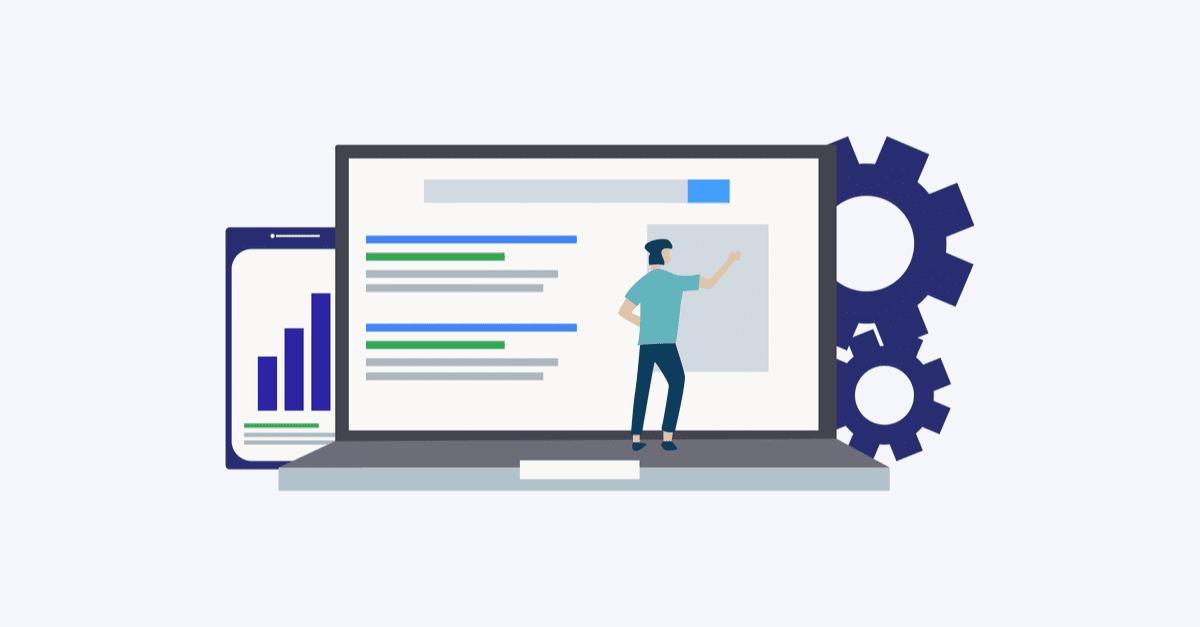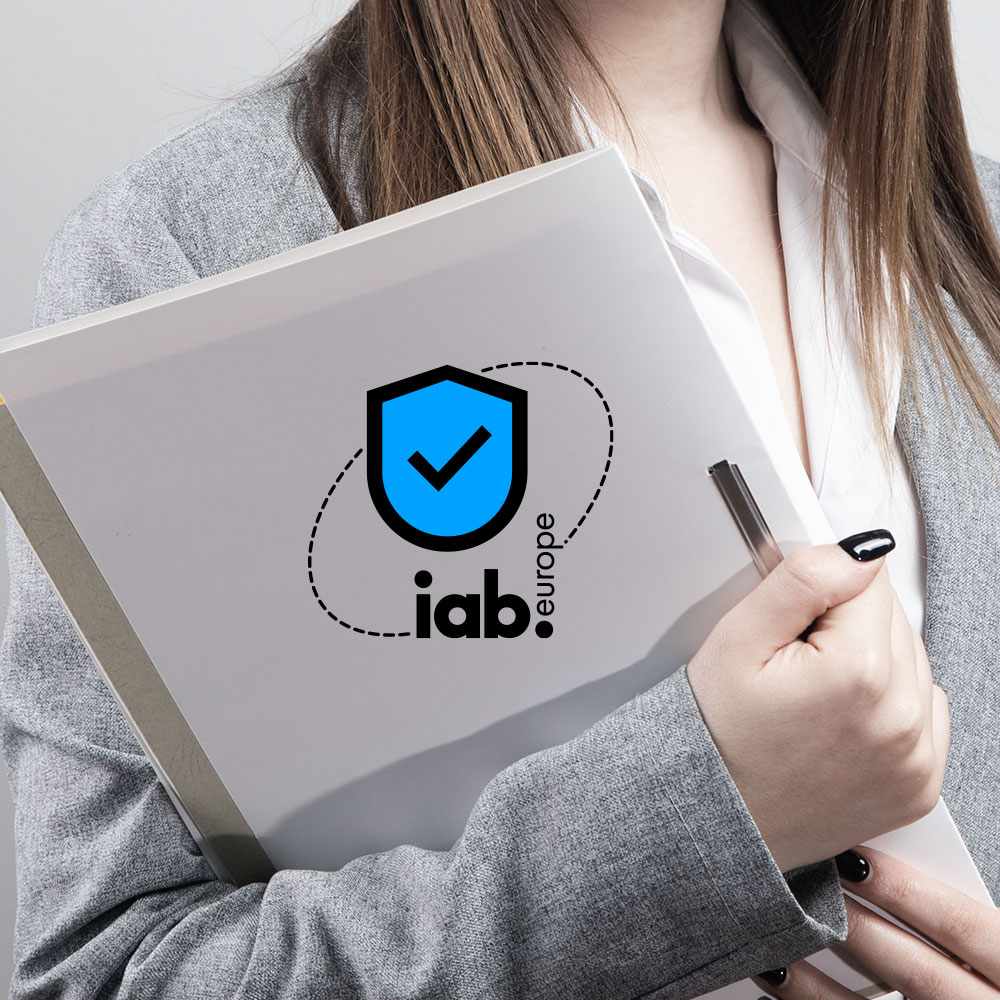The heat is on: as of mid-June 2021, Google will make Page Experience, i.e. the “user-friendliness of pages,” a new ranking factor. The project that was already in motion a year ago is finally about to be rolled out.
Privacy laws are nothing to be afraid of. Check out our white paper and make data protection your priority and opt-in rate optimization your new marketing KPI.
Let’s start! What exactly are ranking factors?
Ranking factors are the different criteria that influence how Google’s search results pages are compiled and shown. In other words, they ultimately determine which website pages are placed high up in a search by Google’s algorithm- and which ones are placed lower down the list. Where no one gets to see them, and we know, no one wants to stay down there.
Essential to keep in mind: Google’s new rating scheme only affects mobile search results. The page experience, therefore, does not influence the desktop search. Furthermore, in the course of the update, URLs that are not based on Google’s AMP framework can also appear in the mobile search’s top stories.
So it appears that Google wants to gradually make its AMP project, which is supposed to make it easy for website operators to provide their users with particularly fast pages, obsolete. With page experience as a ranking factor, Google forces site operators to provide user-friendly offers if they want to be at the top of the results pages.
Factors affecting the page experience
As part of Page Experience, Google is essentially bundling certain signals that the algorithm already takes into account anyway and groups them under a new name – with one exception: the so-called Core Web Vitals.

Page Experience | Quelle: Google
The well-known signals that ultimately influence the page experience are optimization for mobile devices, website security (secure browsing and HTTPS encryption), and refraining from interstitials (pop-ups, etc.). Recently added to this list and at the heart of the page experience are the Core Web Vitals.
Although the naming is new, the first two components are known to search engine optimizers. Namely, the first being the Largest Contentful Paint (LCP) and, secondly, First Input Delay (FID). Here, the LCP describes the website’s loading time, or more precisely, the time it takes for the largest element to appear in the visible area. While FID refers to the browser’s interactivity during a user action, for example, how long it takes the browser to react to a click on the corresponding page.
The third element and the latest addition is the Cumulative Layout Shift (CLS), which Google classifies under the item “visual stability”. The so called CLS evaluates the content stability of a website, i.e. if the content is in the same place after the final loading as it was before, or if it jumps in the layout. This can be seen as buttons or text passages that move up and down due to images or advertisements disrupting the user. We all know the drill. When for example, in the editorial area, the user loses track of where in the text he or she was just reading. In the case of a button that jumps subsequently, clicks can even be made on the wrong elements. Reloading individual elements is not in itself bad for improving the overall speed of websites, but their layout should be appropriately determined in advance.
These three metrics – loading time, interactivity and visual stability – have now been dubbed Core Web Vitals and are set to become a uniform standard for evaluating the performance of a website. But how are they measured?
Measuring the Page Experience
Core Web Vitals can be measured using a report provided by the Search Console. This involves real numbers of users, which are fed by the Chrome User Experience Report. Google even provides one with a complete overview of the tools that help analyze the page experience.
Key to know-the thresholds of the three values:
- A sound value for the CLS is less than 0.1, where more than 0.25 is critical.
- The LCP should be less than 2.5 seconds, where more than 4 seconds is cause for concern.
- The FID is less than 100 milliseconds at best, where 300 milliseconds or more is a reason for action.
Additional factors influencing the page experience
Naturally, Google tries to remain as vague as possible when explaining the ranking factors, in order to prevent tampering. However, Consent Management Platforms (CMP) also have to pay attention to the page experience, seeing as they also have to be loaded before the content is viewed. Unfortunately, Google leaves the exact extent to which they play a role in the dark. Nevertheless, it certainly doesn’t hurt to opt for a fast-loading, mobile-optimized and easy-to-use platform – most importantly, this makes the user happy- which is the purpose of all the ranking factors.
Regarding Page Experience’s importance in the overall concept of Google’s algorithm, the company has made the following comments: Even pages with poor Page Experience can be ranked high if the actual content is strong. Content, therefore, retains the most weight. Nevertheless, Page Experience seems to be anything but insignificant. Otherwise, Google wouldn’t make such a big fuss around this. Focusing resources towards Page Experience will pay off as Google plans to highlight pages with excellent page experience in the future search results pages.
5 Quick tips for better Page Experience
Website providers who would like to prepare for the update should take action in the following areas:
- Measure LCP, FID as well as CLS scores in the Search Console to check Core Web Vitals.
- Test optimization for mobile devices to receive suggestions for mobile user compatibility and be able to improve with this.
- Check security issues in the Search Console to ensure Safe Browsing.
- Secure website with HTTPS, because Google prefers this communication protocol. Otherwise, the Chrome browser will also show the page as “not secure”.
- Filter out any interstitials, because this advertising format is also penalized by the algorithm.
Essentially and to conclude, the introduction of page experience as a ranking factor does not change much. When Google creates the results pages, they have already taken many of the signals into account. Nevertheless, it is a new signal to website operators that speed, layout, and security are decisive criteria for good positions in the search results pages. Those who have previously neglected these points should now make improvements before the changes come into effect. A look at the tools that Google provides will help. The bottom line is that site operators should always ask themselves: How do I create the best possible experience for users on my site? This is ultimately what Google will reward with a “high ranking” on the page.



